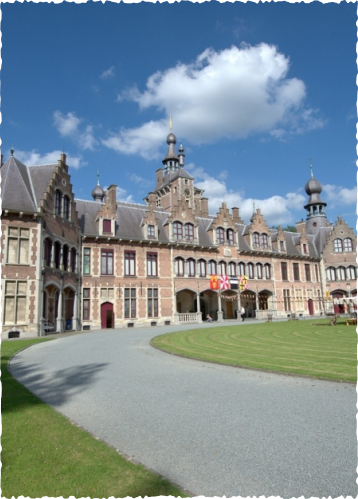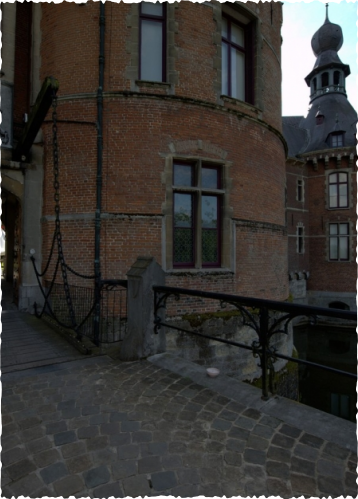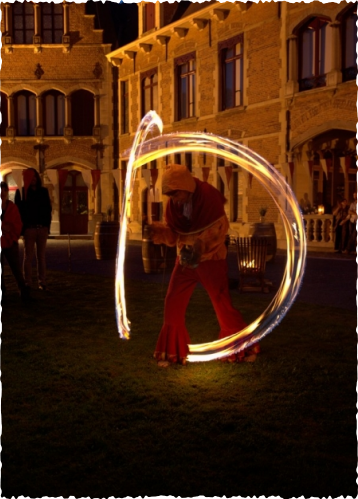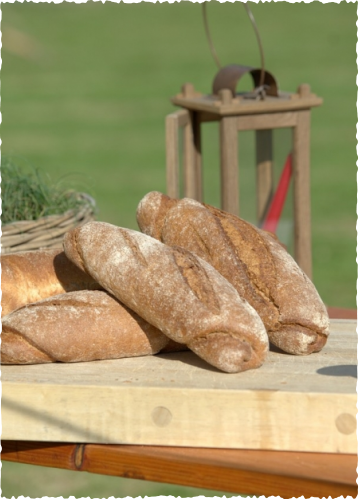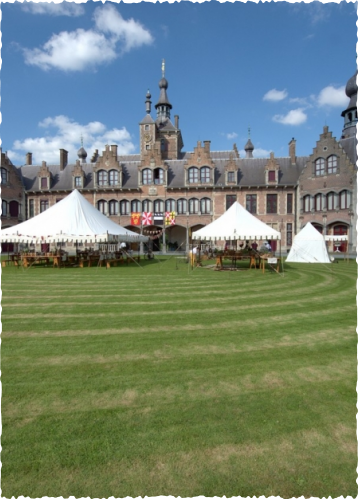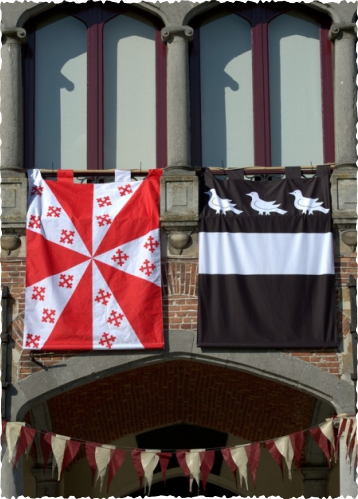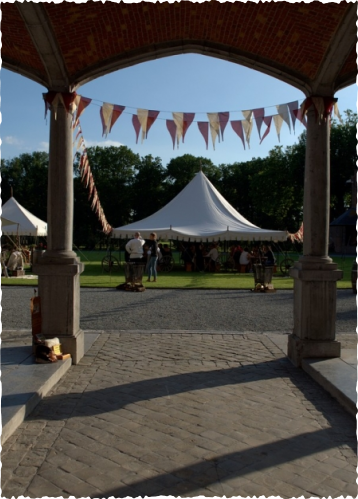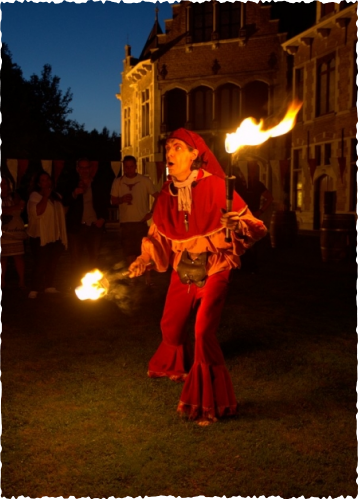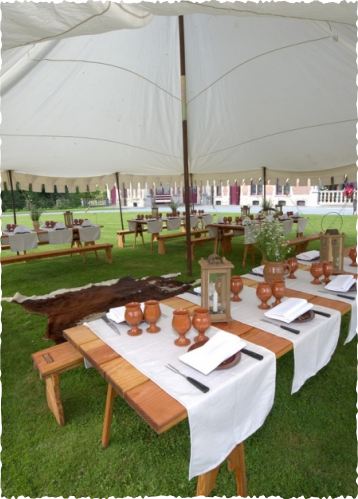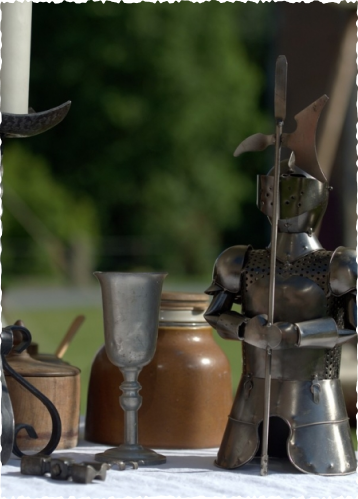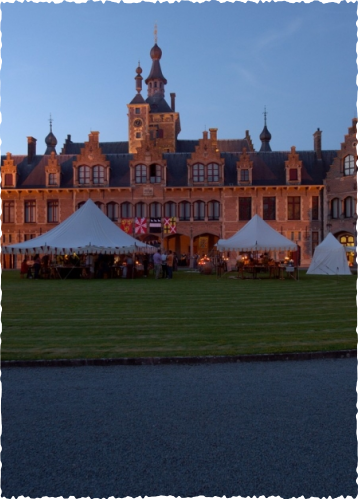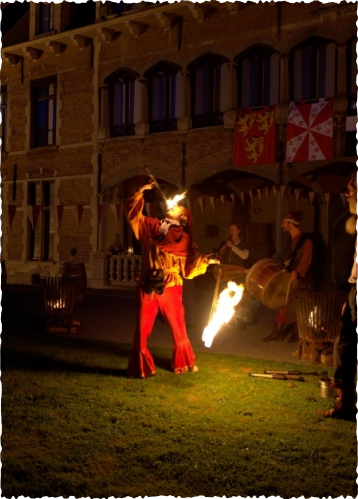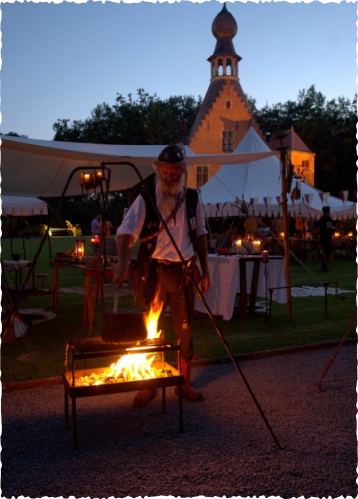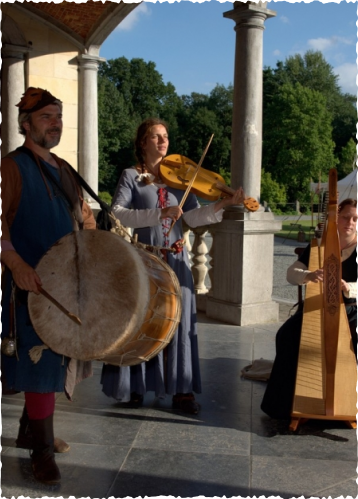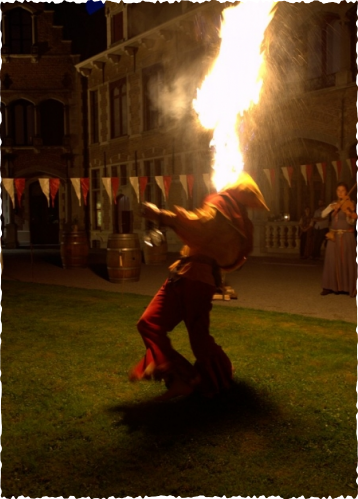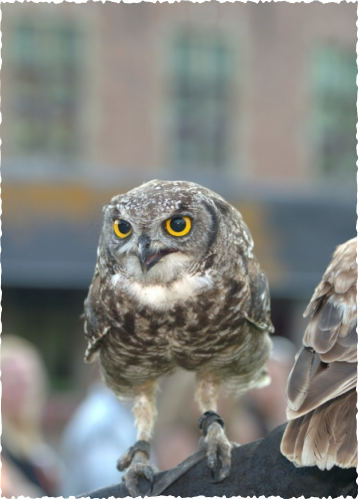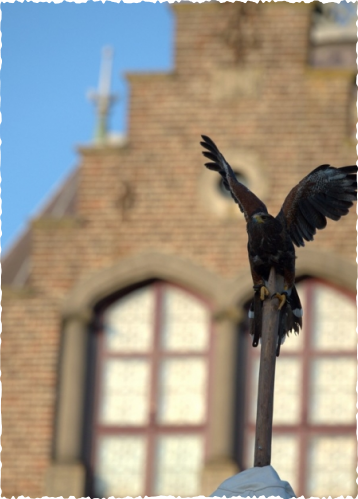Brief history
The Castle of Ooidonk started modestly as a mansion in the 12th century. In the 14th century, hower, there were already words of a fortified moated castle. Throughout the Middle Ages, it was repeatedly destroyed and rebuilt until it took the form of the imposing castle domain which we can now see. The castle was used as an outpost and defensive stronghold of the golden trading city of Ghent. In 1568, The Count of Horne was beheaded there, in order of the Spanish ruler. At the moment, the castle is privately owned by the children of Count Juan ‘t Kint de Roodenbeke.
Possibilities
The castle of Ooidonk can only be used at limited times, where preferably the large interior lawn can be used for outdoor events, provided that it will be furnished with medieval canopies. The backdrop of the imposing fortress, with outbuildings and access to the huge moat gate overlooking the beautifully maintained landscaped park gardens, make this a fantastic unique location. The park with French gardens are open all year round and are accessible to the public.
Capacity
This castle does not lack space. In the courtyard, it’s possible to build a miniature village consisting of awnings, medieval tents or stretch tents for hundreds of guests. The spacious parking at the entrance building close to the nearby tavern, is located about 500m from the actual entrance of the moated castle. The castle and its rooms, however, are protected as a historic monument and are therefore not usable.
